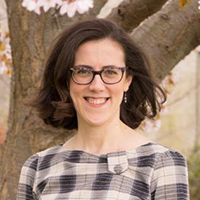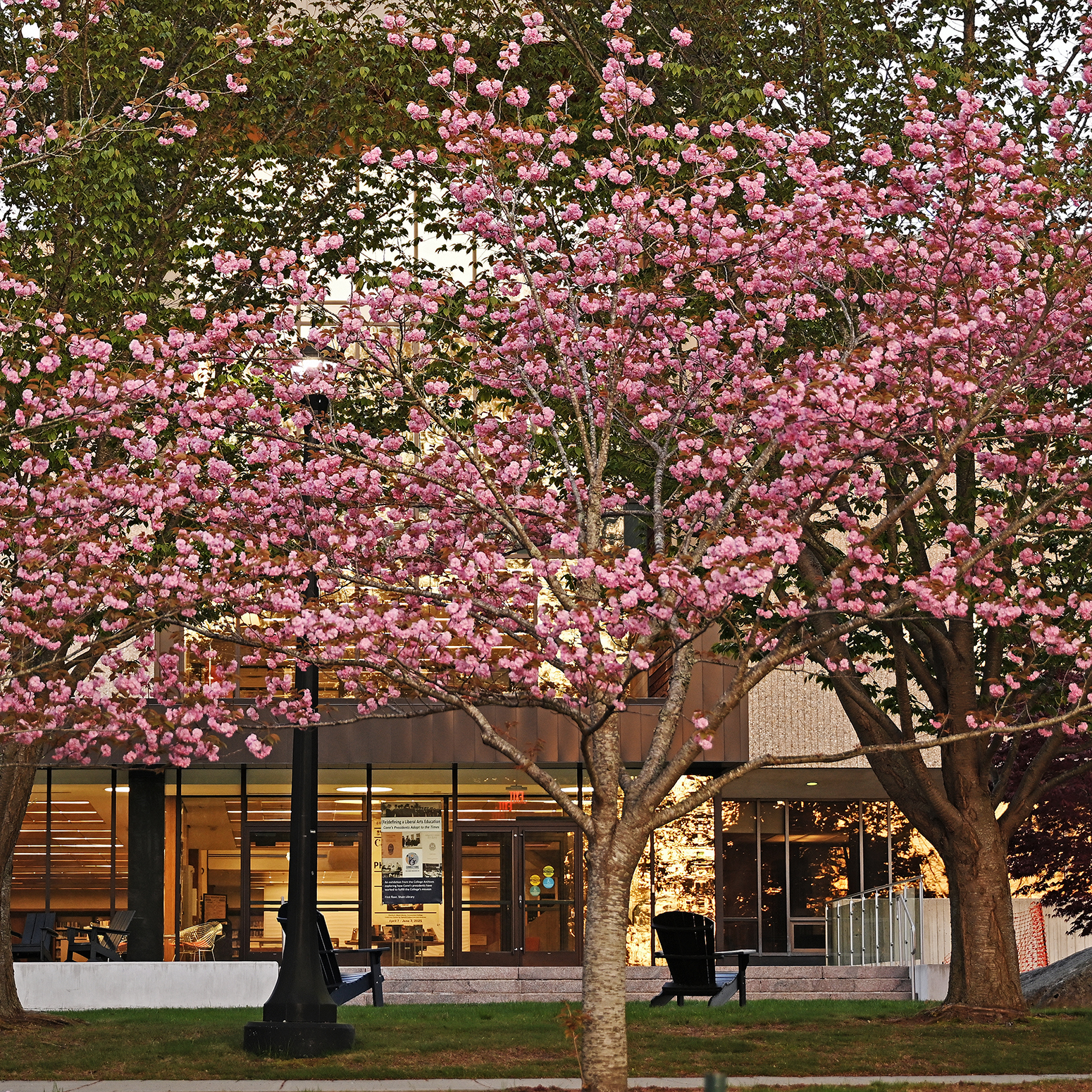
Connecticut College receives rare GOLD rating for sustainability
Sustainability is far more than a buzzword at Conn.
The College has just been recognized with the coveted Stars GOLD rating from the Association for the Advancement of Sustainability in Higher Education, marking the forward progress Conn has made since its silver rating three years ago.
The new national rating places Conn in the top 15% of the 1000-plus institutions currently rated by AASHE, and ahead of other NESCAC peer institutions.
"It is so exciting to see our hard work from the past three years reflected in our new STARS Gold rating," said Margaret Bounds, Assistant Director of Sustainability. "This is the result of new sustainability engagement programs, the hard work of our student Sustainability Fellows to implement new projects, and reporting on sustainability efforts from many different faculty and staff members from across the College. While we still have places where we are working to improve, this is a great recognition of all that we do to make our campus more sustainable."
While environmental stewardship is rooted in the College’s earliest days, over the past decade Conn has devoted unprecedented focus and resources to campus sustainability since the hiring of the College’s first Sustainability Coordinator in 2011. The Office of Sustainability has since brought together students, faculty, staff and alumni to spearhead a series of bold initiatives that have made the campus and community more environmentally friendly.
In 2017, President Katherine Bergeron signed the College onto the “We Are Still In” pledge, affirming campus' support for the Paris Climate Agreement and committing to a variety of concrete actions that will reduce the campus’s energy use and target a reduction in carbon emissions by 26-28 percent by the year 2025.
This past summer, the College brought a herd of hungry goats to campus to eat invasive knotweed around the Athletic Center. The steep slopes, insurmountable by riding mowers, were no match for the ravenous animals that eat the weeds and prevent new plants from popping up, all without the use of harsh chemicals.
The idea evolved from a senior integrative project crafted by Shefka Williams ’21 through the Goodwin-Niering Center for the Environment, and was supported by Miles Sax, the Charles and Sarah P. Becker ’27 Arboretum Director.
Alumni have also been instrumental partners in our sustainability plan. Rocky Ackroyd ’83, who owns Maine-based solar company Blue Sun, recently worked with student and staff volunteers to install a solar array on the roof of the service building that will provide approximately two-thirds of the building’s power.
The funding for that project came from the College’s sustainability revolving fund, which is dedicated to projects that save money long-term and thus can pay back into the fund over time. In the past decade, the College has also updated its central steam plant and installed geothermal wells to heat and cool New London Hall, leading to a decrease in greenhouse gas emissions.
And the College is currently in the final stages of installing a SmartFlower, just south of Freeman House, which represents perhaps the most sophisticated sustainability project yet on campus. A high-tech, sculptural solar contraption designed like a flower, with petals composed of solar panels, is connected to the College’s central power supply and produces 5,000 kWh each year. The SmartFlower’s efficiency stems from its functionality that mimics a real flower. The petals fold up at night, unfurl at daybreak and then rotate and track the sun throughout the day, allowing it to absorb more energy than standard, fixed solar panels.

